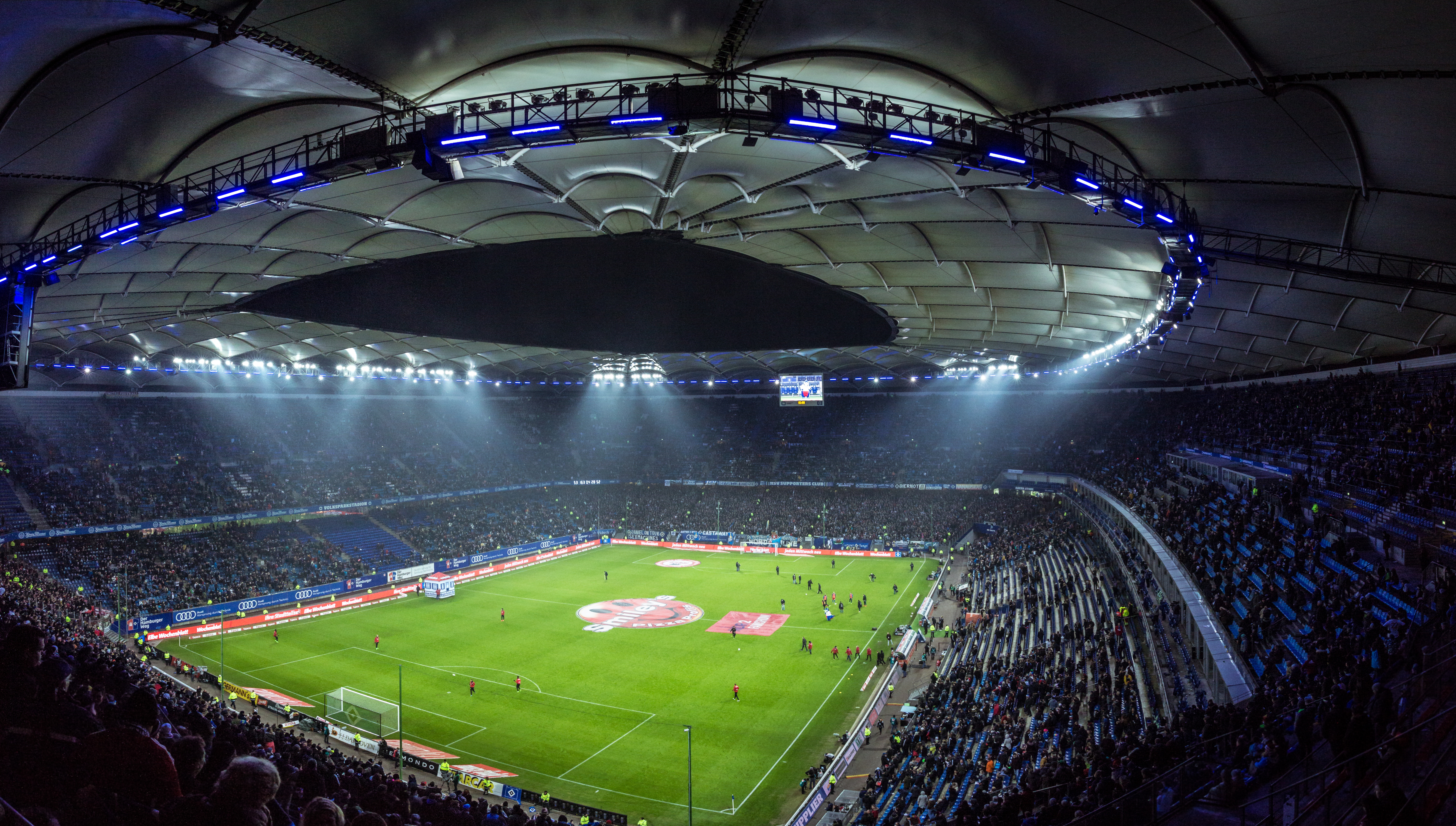
AV Deployments That Will Transform Stadium Environments
Building or renovating a modern stadium requires a significant investment. As a result, most stadiums today are multi-use spaces often serving as the home for a specific sports team as well as hosting an array of events throughout the offseason.
This multi-use design and build trend understandably presents a unique mix of challenges and opportunities as stadium owners work with integrators to leverage audiovisual solutions. Because today’s stadiums are multi-use, the way technology is deployed for one type of event does not necessarily mean that it would be ideal or even in use for another type of event. This in itself is often a design challenge. The more all involved know about possible uses during the planning stages, the easier it is to design deployments to avoid unnecessarily obstructing views during special events.
With each new construction or renovation, owners have clearly embraced the idea of improving the guest experience – often moving well beyond the event itself. Most are accomplishing this goal by leveraging the latest AV technology to foster enhanced engagements. This can happen through the use of augmented reality, virtual reality, as well as enhanced sound or video capabilities, especially within the stadium’s VIP areas.
For instance, enabling guests in VIP areas to enjoy more immersive sounds such as hearing a coach’s commentary during a replay or having access to special viewing angles. Or even enabling only those in attendance to use a stadium sponsored mobile app that provides different camera views. Likewise, at a mixed martial arts bout, the app could show a slow-motion view of a crucial punch.
Understanding Technology’s Role
Complex voice and data networks, mobile apps, point-of-sale communications, as well as archaic and advanced sensors such as nodes and beacons all play pivotal roles in delivering the intended experience regardless of where a guest is within the stadium.
Today’s stadiums also have a wide array of visual demands in terms of massive high definition ceiling displays as well as the video menu boards, information and way finding as well as digital signage. Each of these video displays represent unique opportunities to constantly engage with the guest. The challenge is to capitalize on the opportunities by maximizing the experience without contributing to the potential visual pollution.
The ability to design and manage communications technologies can play a pivotal role in delivery an optimal experience. This includes the stable and secure communications technologies that as part of the stadium’s base infrastructure as well as those designed for external broadcasting. Without proper forethought, adding in communications technologies with the intention of enhancing the guest experience can stress the in-house network and also results in radio frequency interference.
Crowd density can also create significant network traffic causing basic devices (like a cordless microphone) to create unintended interference. These challenges will continue to intensify as we engage guests with a higher level of experience. Think back to the mobile app example. Part of ensuring that only those in attendance are able to view the special content often requires enabling guests to use the Wi-Fi network. Adding 10,000+ users can be extremely taxing to the network. As network use intensifies, built-in redundancy and stability will play a much bigger role.
Bottom Line: The best way to embrace the opportunities and overcome the obstacles is to fully integrate the entire AV implementation into the technology master plan. This is true whether it’s a new stadium or renovation. After all, when integrating AVC into a multi-use stadiums environment, it requires every type of expertise to successfully deliver the optimal experience.
Alex Westerh
Alex Westerh, Director of Marketing at Electrosonic, boasts a prolific writing career focused on the intersection of technology and business. With experience at industry-leading firms, he possesses a deep understanding of the dynamics influencing strategic decisions in technology investments. As a key author on several projects, Alex has adeptly highlighted the pivotal importance of technology in driving business evolution.










.jpg?width=1500&height=995&name=ELC501_N17_medium%20(1).jpg)








































































































































































































